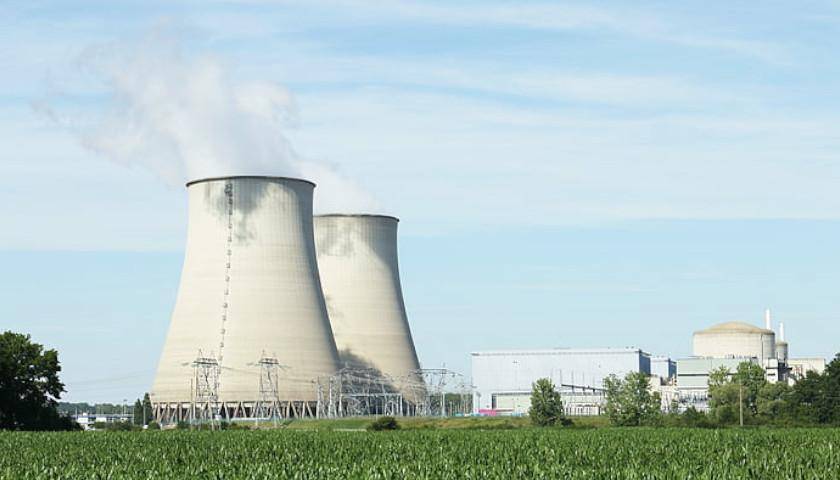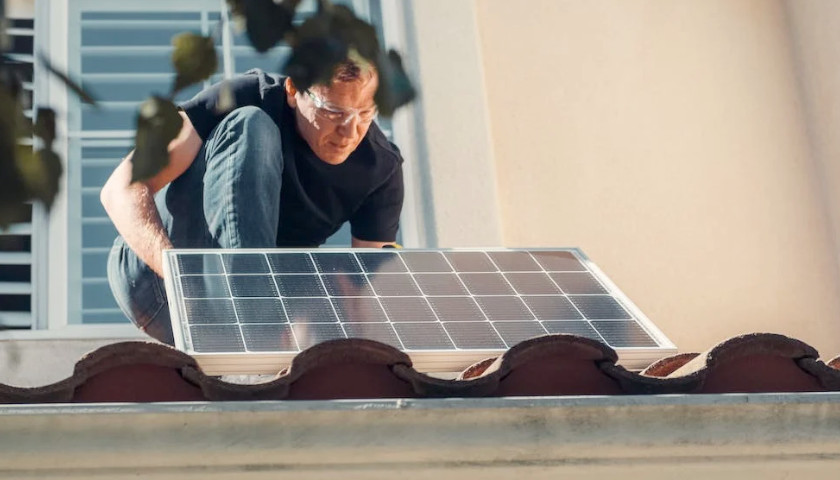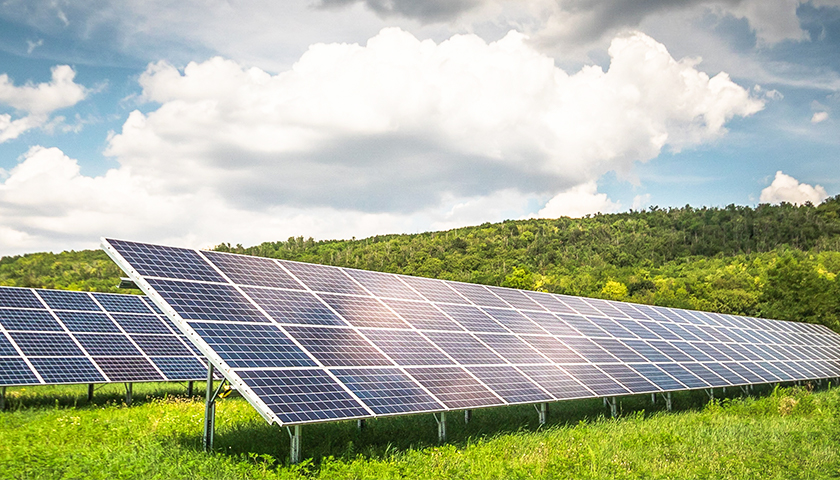If the delusional but dead serious demands coming out of the international climate crisis community are to be believed, and as documented in the earlier two segments of this report, achieving universal energy security in the world will require wind energy capacity to increase by a factor of 60, while solar capacity increases by a factor of 100. The mix between wind and solar can vary, of course, but the required overall increase is indisputable. As noted in Part One of this report, that would be a very best-case scenario, where extraordinary improvements in energy efficiency meant that total energy production worldwide would only have to increase to 1,000 exajoules per year, from an estimated 600 exajoules in 2022.
Read MoreTag: solar energy
Solar Panel Manufacturer Invests $2.5 Billion in Georgia Factories
Governor Brian Kemp announced that solar panel manufacturer Qcells will invest $2.5 billion to build two new factories in Georgia, a significant expansion after the company opened the largest solar panel factory in the western hemisphere in Dalton in 2019.
“I am honored to announce the growth of Qcells in Georgia for a second time in less than a year,” Kemp said in a press release.
Read MoreCommentary: Solar’s Lofty Ambitions Are Consuming Ever-Larger Expanses of Land Down Below
Wedged in the southern flank of Virginia, Charlotte County is home to some 11,500 people who live amidst rolling hills and family farms, pastures and sawmills, a historic Civil War battlefield, and four townlets tinier than many suburban subdivisions.
But this pastoral tableau will be swept up in the green revolution when construction begins here on the nation’s largest solar power facility east of the Mississippi River. The planned 800-megawatt Randolph Solar Project in Charlotte County will replace a commercial lumber farm of loblolly pines with 1.6 million photovoltaic panels covering an area equivalent to seven square miles.
Read MoreClimate Activists Oppose Major Solar Projects over Deforestation Concerns
A group of environmentalists voiced opposition to potential Massachusetts solar projects that could generate at least 250 kilowatts of electricity.
The majority of those who attended a public hearing hosted by the Amherst, Massachusetts, Community Resources Committee said they supported a moratorium on such projects that would expire in May 2023, the Daily Hampshire Gazette reported. The proposed moratorium would prohibit surrounding municipalities from green lighting any solar project that exceeds the 250-kilowatt-capacity threshold.
The moratorium was proposed by three town councilors after an 11-megawatt solar farm was proposed in the area, the Gazette reported. A solar field that produces 250 kilowatts of electricity would power 71 households while one that produces 11 megawatts would power more than 3,000 homes, according to a federal estimate.
Read MoreExperts Slam Biden’s Plan to Build Government-Funded Wind Farms
Energy experts criticized President Joe Biden’s plan to prioritize wind farms, arguing wind power is costly, inefficient and indirectly produces greenhouse gas emissions.
Wind energy, like solar, is often unreliable since it is intermittent, or highly dependent on nature and out of the control of suppliers, according to the experts. Higher reliance on wind to produce even a fraction of a nation’s energy supply, therefore, cou ld lead to higher prices depending on the weather.
“Both wind and solar have Achilles heels in that they’re intermittent,” Dan Kish, a senior fellow at the Institute for Energy Research, told the Daily Caller News Foundation in an interview.
Read More




